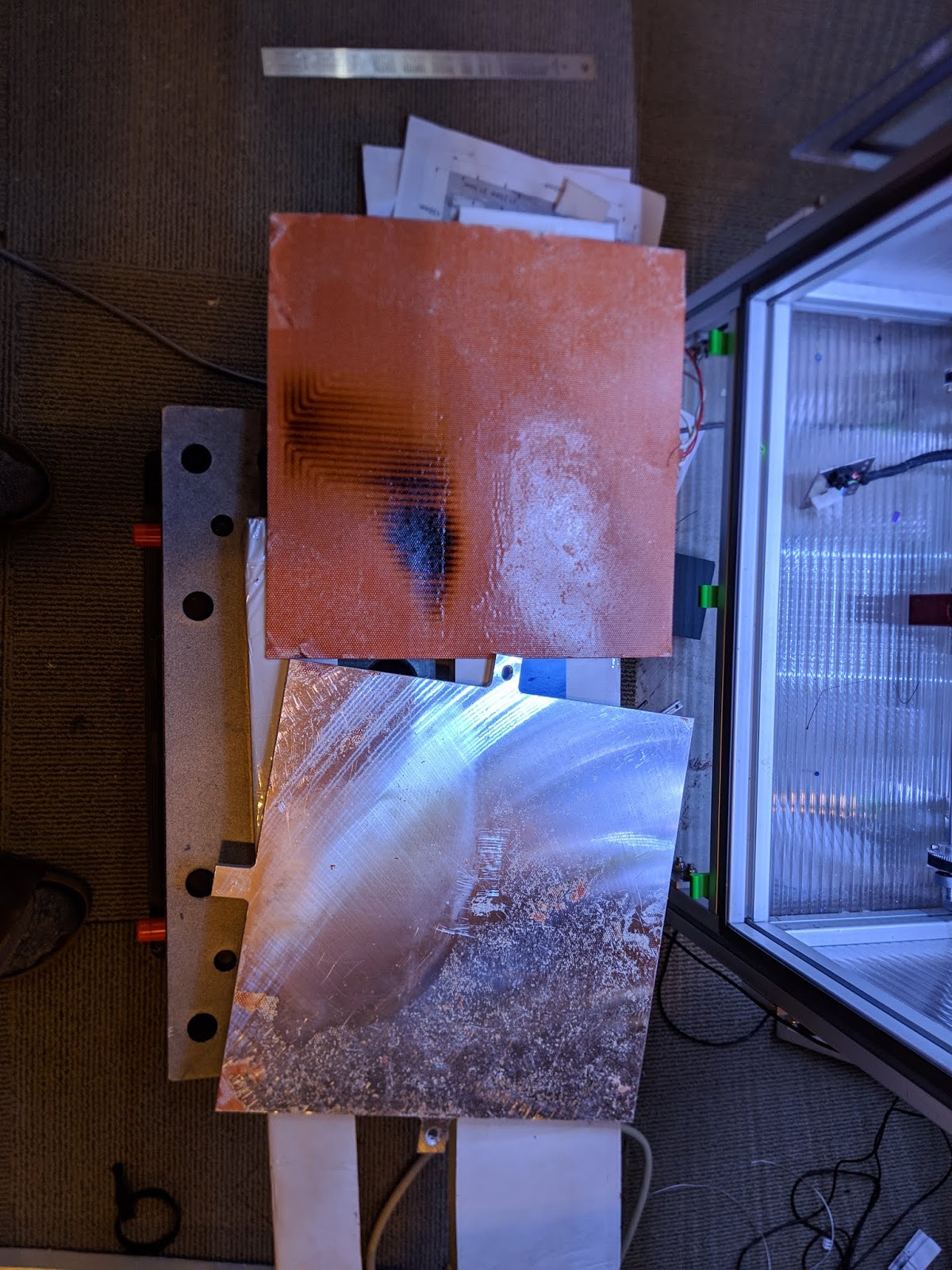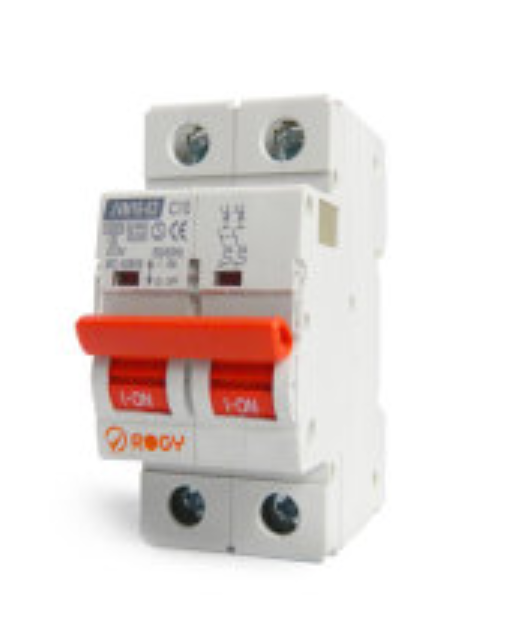Heated Bed 220VAC USA 2phase hot wires wiring question
-
@jens55 maybe it is better to draw a picture?
I would suggest one 2-pole fuse for the heater, it could be handy if you want to cut the power and be sure that none of the hot wire will be energized.
I usually also connect the negative of the secondary side of the PSU to ground. -
@jsinicro said in Heated Bed 220VAC USA 2phase hot wires wiring question:
@jsinicro Quick question, so the power supply is am Mean Well RSP-750-24 it says the input is 100-240VAC and 10Amps. The Output is 24V DC and 31.1Amps This is a higher end supply as it reverse polarity and it's fused, but you saying I should connect a fuse there as well?
Maybe I am being a bit over cautious here but I'd rather replace an easy to access external fuse then an internal fuse that I would have to take the power supply apart for. Yeah, maybe that is getting carried away.
Usually fuses are connected right after the power switch and protect the wiring in the device being powered. The idea being that if more than the rated power is being drawn, something is amiss. Would the little bit of wiring to the power supply need to be protected if things go pear shaped? I can't say. I do not know what the electrical code says.As always, you make up your own mind, consult an electrical engineer, get his stamp of approval, go through your local electrical inspector and get his signature etc etc etc.
My advise is worth exactly what you paid for it (nothing) ....
Hopefully this all covers my butt
BTW, The only reason I suggest seperate fuse for the power supply is because there is a huge difference in current draw between the heater and the power supply. The fuses for the heater are rated way above the point the power supply goes up in flames

-
@falkia said in Heated Bed 220VAC USA 2phase hot wires wiring question:
@jens55 maybe it is better to draw a picture?
I would suggest one 2-pole fuse for the heater, it could be handy if you want to cut the power and be sure that none of the hot wire will be energized.
I usually also connect the negative of the secondary side of the PSU to ground.Agreed on connecting the negative on the PSU to ground. I have not seen a 'two pole fuse' other than a circuit breaker in the house panel which is why I suggested two separate fuses. If there is such an animal as a two pole fuse then yes, that would be the way to go.
Just as a way of explanation, on a two pole fuse/breaker, when one side fails the other side is also interrupted which is an important safety factor but pulling the fuse should be advised against for working on the device. You should disconnect the power cord instead.Re drawing a picture ..... not used to drawing stuff and am too lazy

-
@jens55 That was pretty awesome explanation. I never connected AC and DC like the battery example. I am a software engineer, so all the electronic stuff I been doing has been from online references. Now I need to find out how to solder the fuse inline and make it look nice.
Thankyou -
@falkia what do you mean secondary side of the PSU?
-
@jens55 no, you're not being to cautious, that's a very good idea. I rather buy a fuse than trying to fix a PSU.
-
@jsinicro -V (negative) on the load side.
-
@falkia So you connect the negative on the DC output side to the same ground that the AC ground uses?
-
This is the kind of fuse I ment. It's like two fuses that have the same lever.
-
This post is deleted! -
@jsinicro said in Heated Bed 220VAC USA 2phase hot wires wiring question:
@falkia So you connect the negative on the DC output side to the same ground that the AC ground uses?
Yes, correct.
-
@jsinicro I suggest you add a thermal cut out (TCO) in series with the power to the heater, and mount the TCO on the heater. Don't get a heater with adhesive. Mount the heater using silicone.
-
@mrehorstdmd OK, I got the heater bed custom made 700x700mm from Keenovo and includes a 3M self adhesive.
-
@jsinicro The manual says you should seal the edges with silicone- I think it prevents the adhesive from drying out/oxydizing/letting go. Without sealing the edges the adhesive is good for about 2 years of heat cycling before it starts to let go. As it lets go, there will be air between the heater and the plate. The heater will scorch in those areas.

When I replaced that heater I got one without the adhesive and used silicone to mount it. It's been about 2 years since then and it appears to be holding fine.
-
@mrehorstdmd Wow, OK Thx
-
@jsinicro What brand or type of TCO do you suggest
-
@jsinicro Cantherm makes a wide variety of them, most cost about $1 (in the US). They have all the safety certifications and actual quality control so they should behave according to specs. I wouldn't buy the no name cheap stuff that sells 5 or 10 for $1. I would also avoid self resetting units. You don't want an unsafe condition to keep cycling power to the heater on and off. Example: https://www.digikey.com/en/products/detail/cantherm/SDF-DF144S/1014764
There are two critical temperatures- the safe operating temperature limit (holding temperature) and the temperature at which the TCO opens. The two are usually 20-30C apart because they self-heat. The self-heating is a function of the amount of current they carry. If you intend to operate the bed at 120C, you will probably need to get a TCO that is rated to open at about 150C or so. Read the spec sheet/ap notes. It isn't rocket science.
-
@mrehorstdmd Thanks for the post above. Found it looking searching for just such info, ordered SDF DF184S for my modded Creatbot f430. No-smoke, great!
BTW- my Keenovo was installed on the bottom of a glass bed with their adhesive and silicone 5? years ago. Never had any issue with oxydizing of the glue. Finally though some of the coils died. Waiting for the replacement.
